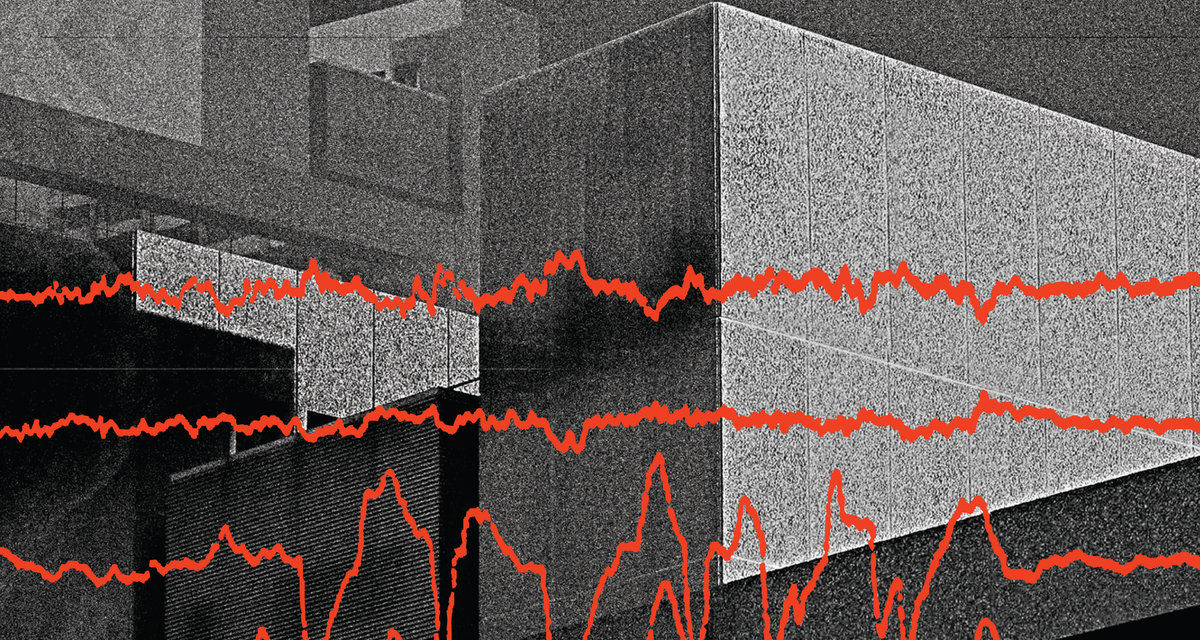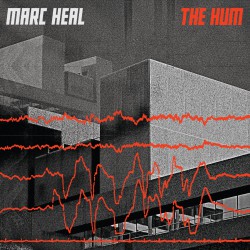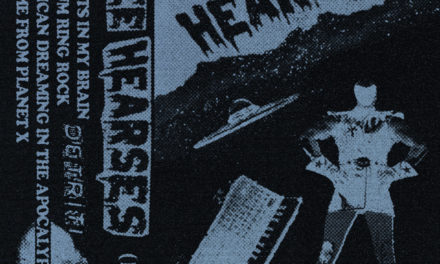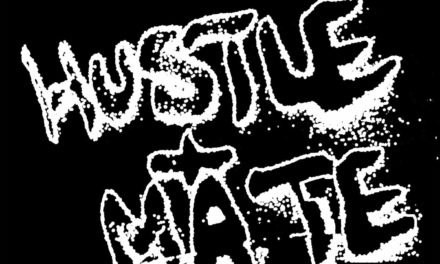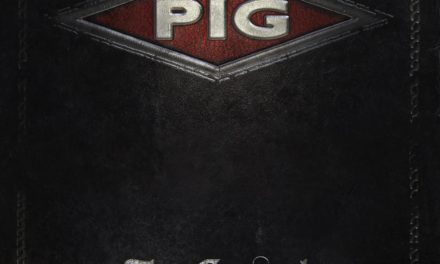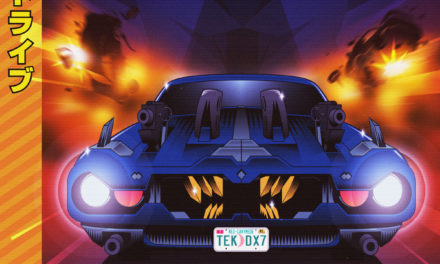Marc Heal
The Hum
Armalyte Industries
At this year’s Cold Wave Festival Marc Heal and his Cubanate bandmate Phil Barry reunited the now-legendary industrial rock project for the fest’s most universally well-received set. That raging performance, coupled with the grinding programming and production Heal did in 2015 for Raymond Watts (under the delightful tongue-in-cheek alias MC Lord of the Flies) might lead one to believe that Heal’s first solo album under his own name would be a return to the sounds that cemented his legacy. And while The Hum certainly has its moments of contained fury, the focus of the LP is on lyricism and storytelling, with Heal as raconteur and occasional protagonist.
It might well be the case that Heal’s experience writing and releasing his first novel The Sussex Devils in 2015 had him in a particularly narrative mood. The tales that wend their way across the album’s ten songs are dense with character, whether in the third or first person. On opener “Tiananmen” the song’s narrator obsesses over “the face of a lost boy in a photograph”, and considers the question, “Why do you always wear black? In my country it is the colour of death.” It’s a compelling vignette specifically because of its general uncertainty, rich with detail but left open for interpretation. Single “Adult Fiction” takes a similar tack, outlining the ambiguous relationship between an author and her singular audience, relating alienation and loneliness with the trappings of wealth.
Musically almost every song on the LP is cut from the same cloth. The limited toolset of guitars, programmed percussion and synth bass goes a ways towards keeping the emphasis on the lyrics, although some sameyness does set in during the record’s middle. “Show Homes for Luxury Living” and “The Abandoned Junkshop” are both fine songs, although their shared Gary Numan-esque synthesizer leads (a prominent feature of many of these songs) makes them harder to distinguish when recollecting the album. That said, the rare moments that break out into full guitar chug are used to nice effect (“Monoxide” is reasonably catchy and the mid-tempo groove of “Model Citizen” is terrific), and Heal himself varies his vocal delivery, modulating between reserved, gruff, and riled-up as required.
The Hum could probably be tagged with the damnably backhanded “mature” tag, a conceit that usually indicates an artist is making less exciting work in their latter career. And no, it’s not an album that delivers the same visceral, raging thrills Heal was known for in Cubanate. Its appeal lies much deeper, nestled between its innumerable literal and metaphorical images and anecdotal devices. Digging into it on the knotty terms it’s presented on offers rewards for those willing to receive them.

